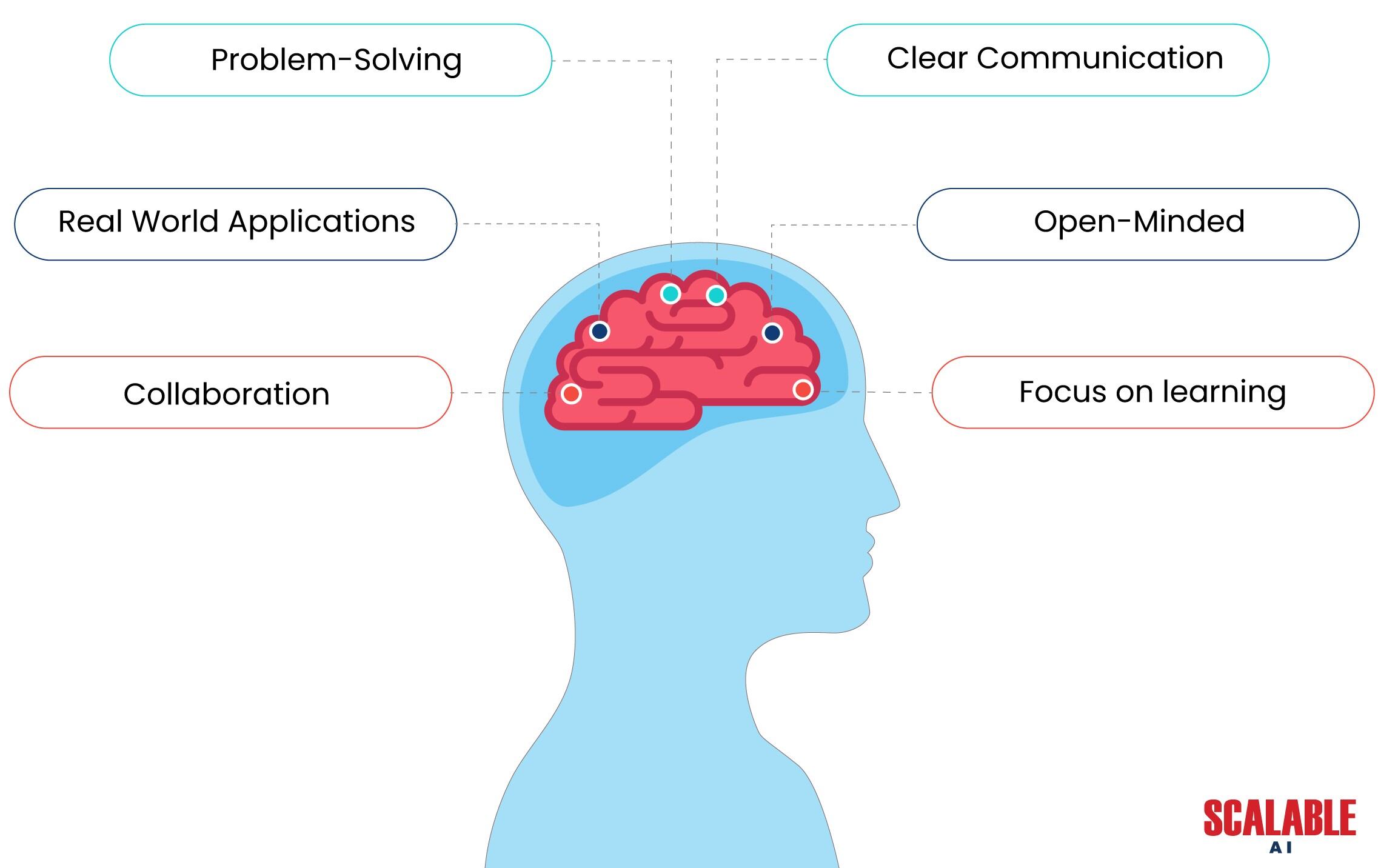In data analytics, it is essential to avoid falling into the trap of treating all data as equally valuable. While data is undoubtedly a valuable asset, it is important to be discerning and ensure that our information is accurate, relevant, and aligned with our goals.
Despite data’s immense value, investing in robust data protection measures is essential. The increasing risks associated with data breaches, legal non-compliance, and data quality issues necessitate significant overhead costs.
Recently, people have surfaced the idea of data as a liability, typically discussing its strategic importance and the potential consequences of its breach. In this context, the popular comparison has shifted from “data is the new oil” to “data like uranium,” which is both potent and hazardous. Astute data professionals have come to understand that, although governance has never been glamourous, it now holds greater significance.
Data Without Context is Just Noise
While it is a relevant point, let’s shift our attention to a specific application of toxic optimism: its impact on data. There are two ways in which this can occur: through biased presentation and a lack of contextual understanding. Given the widespread discussion of toxic positivity in general, it’s worth exploring how this mindset might influence our interpretation and use of data.
Contextually first, it’s simple to understand how many data practitioners become enamored with their reports and analysis, causing them to lose sight of less important factors such as effect and relevance. They believe that data serves as the only truth and is therefore unquestionable, which roots this kind of poisonous positivism. Overconfidence in algorithms and data can lead practitioners to draw conclusions that are catastrophically wrong by fostering an unjustified conviction about the findings.
Applying experience and common sense in equal proportion, along with keeping a healthy skepticism toward answers that seem too good to be true, will help solve the issue. Memories of the time spent in management consulting come flooding back: the idea is tested against the data, not the other way around.

In the Age of AI, Critical Thinking Is Vital
The emergence of Generative AI has introduced a new level of risk to decision-making. In addition to the known challenges of explainability, transparency, and data quality, AI’s responses can be overly confident and prescriptive, potentially hindering critical evaluation and debate.
This is when the technology’s shortcomings begin to become positively toxic: time-constrained analysts or passive insight consumers opt for the simple, appealing answers presented as persuasive and “right” answers. The main reason for tackling this problem proving difficult is that Generative AI has such widespread applicability and lacks a distinct application signature.
Similarly, in the absence of any means of determining the accuracy of responses, individuals will inherently gravitate towards the least resistance path. Regretfully, it is extremely difficult for individuals to go back after they have started down this path.
Conclusion
The goal here is not to undermine the value of data or data-driven decision-making. When used effectively, data can provide valuable insights and opportunities. However, it is essential to remember a fundamental principle of analytics: Understand your business before seeking out relevant data and insights.
Your company exists to make money while meeting the requirements of its clients, not to consume insights. The careful data practitioner who recognizes how insights promote the innovation, efficiency, and perseverance necessary for corporate success is best suited for the stewardship role.
Read Whitepaper Toxic Data: Hidden Threat to Your Organization’s Performance
